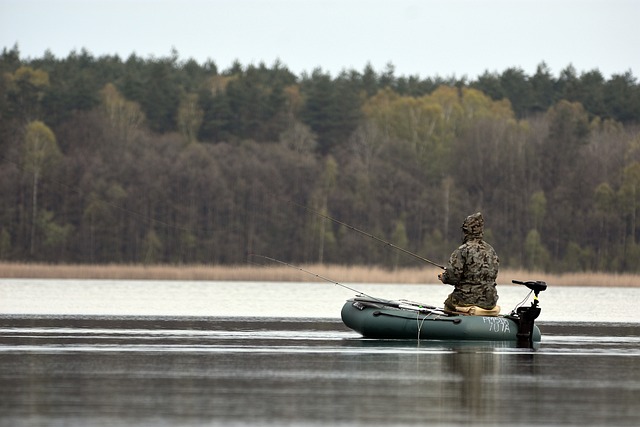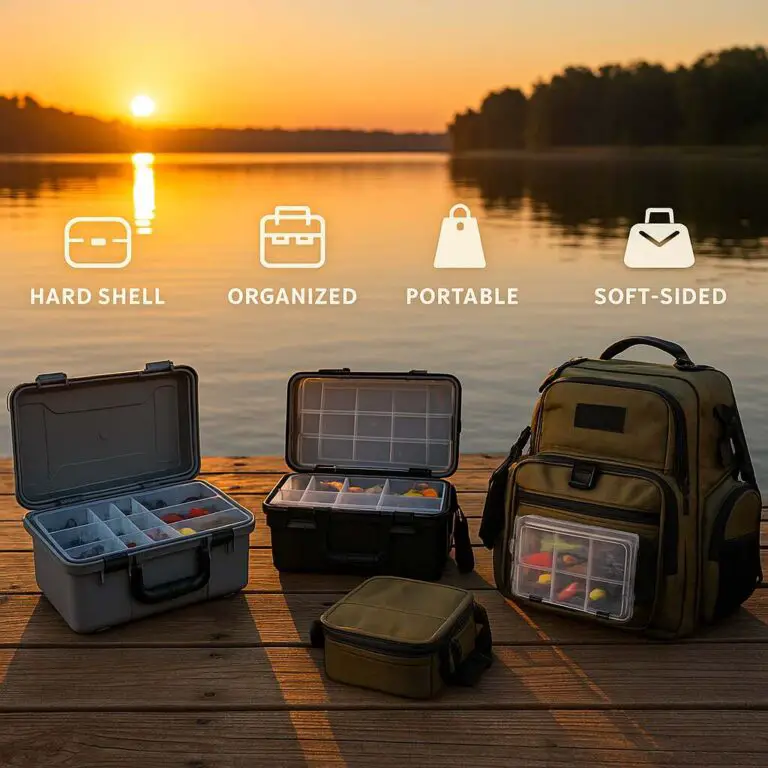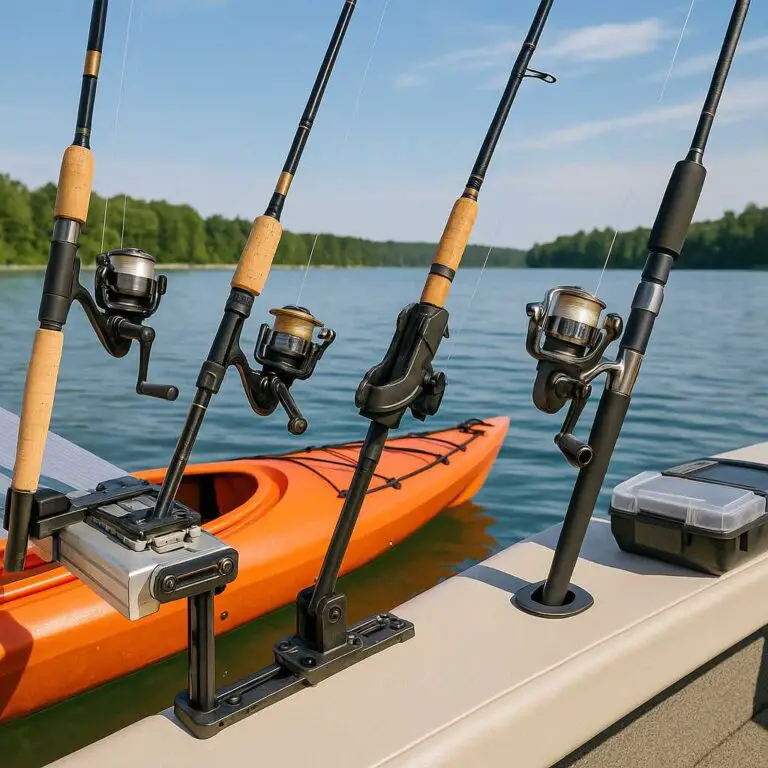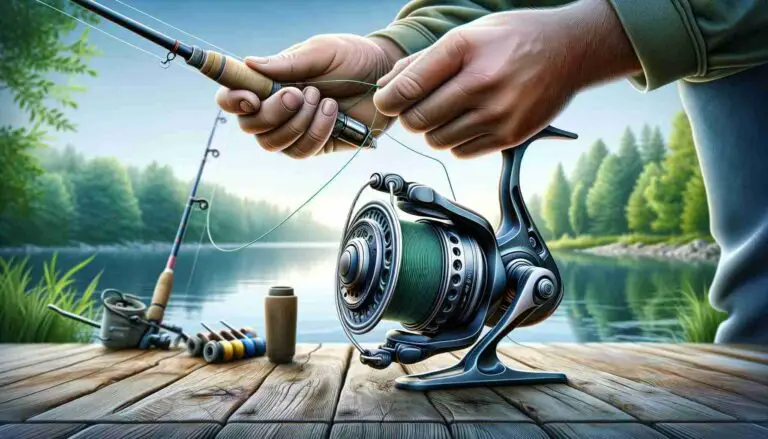Fishing for bass after rain can be a challenging yet rewarding experience. Knowing which lures to use after rainfall can significantly improve your chances of catching fish. In this article, I will discuss the importance of using the right lure after rain and provide tips on how to catch bass successfully. By the end of this article, you will have a good understanding of the best lures to use for bass after rain and how to use them effectively. So let’s dive in!
Why do lures matter after rain?
After rain, the water conditions in a lake or river can change significantly. The rain can stir up the water, making it murky and cloudy. Additionally, the rain can cause the water level to rise, creating a new environment for the fish to adapt to. As a result, the behavior of the fish can change, and they may become more active or less active.
Using the right lure after rain is essential because it can help you mimic the natural prey that the fish are feeding on. If you choose the wrong lure, the fish may not be interested in it, and you will struggle to catch anything. Therefore, choosing the right lure that is suitable for the water conditions and mimics the natural prey can increase your chances of success.
Best lures for bass after rain
There are several types of lures that are effective for bass fishing after rain. Here are some of the best lures to use after rain:
1. Spinnerbaits
Spinnerbaits are versatile lures that are perfect for fishing in murky water. They are designed to imitate small baitfish, which makes them a great option for bass fishing. There are several types of spinnerbaits available, including Colorado, Indiana, and Willow leaf blades. Colorado blades are ideal for murky water because they create a lot of vibration, which can attract fish from a distance. Indiana blades are great for slightly clearer water, and Willow leaf blades are perfect for clear water conditions.
When using spinnerbaits after rain, it’s best to cast them along the shoreline and retrieve them slowly. The slow retrieve mimics the movement of injured baitfish, which can attract bass to strike.
2. Crankbaits
Crankbaits are another excellent option for fishing after rain. They are designed to imitate small fish, which makes them a great option for bass fishing. There are several types of crankbaits available, including lipless, square bill, and deep-diving crankbaits.
Lipless crankbaits are perfect for fishing in shallow water because they can be retrieved quickly. Square bill crankbaits are ideal for fishing in moderately deep water, and deep-diving crankbaits are perfect for fishing in deep water.
When using crankbaits after rain, it’s best to cast them near submerged structures such as rocks or fallen trees. The fish often take shelter near such structures and can be lured out by a well-placed crankbait.
3. Jigs
Jigs are versatile lures that can be used in a variety of water conditions. They are designed to imitate crayfish or other bottom-dwelling creatures, which makes them a great option for bass fishing. There are several types of jigs available, including flipping jigs, football jigs, and finesse jigs.
Flipping jigs are perfect for fishing in heavy cover, while football jigs are great for fishing on rocky bottoms. Finesse jigs are ideal for fishing in clear water and can be used when the fish are less active.
When using jigs after rain, it’s best to cast them near covers such as logs or weed beds. The slow retrieve with occasional pauses can mimic the movement of the prey, which can attract bass to strike.
Overall, the best lure for bass fishing after rain depends on the water conditions and the behavior of the fish. Therefore, it’s essential to have a variety of lures and experiment until you find the right one for the conditions.
Tips for using lures after rain
Here are some tips for using lures effectively after rain:
- Adjusting your retrieve speed: After the rain, the water conditions can change significantly, and the fish’s behavior can also change. Therefore, it’s essential to adjust your retrieve speed based on the water conditions and the behavior of the fish. If the fish are less active, a slower retrieve speed can be more effective in enticing them to strike. Conversely, if the fish are more active, a faster retrieve speed can be more effective in triggering a strike.
- Varying your lure color: In murky water conditions after rain, the visibility can be reduced, and the fish may rely more on their sense of vibration and smell to locate their prey. Therefore, it’s essential to use lures with bright and contrasting colors that can be easily seen by the fish. However, if the water is clearer, it’s best to use more natural and subdued colors that can mimic the natural prey.
- Paying attention to water temperature: After the rain, the water temperature can drop or rise, depending on the weather conditions. It’s important to monitor the water temperature and adjust your fishing techniques accordingly. If the water temperature drops, the fish may become less active, and you may need to slow down your retrieve speed. Conversely, if the water temperature rises, the fish may become more active, and you may need to speed up your retrieve speed.
Remember, the key is to experiment and adapt your fishing techniques based on the water conditions and the behavior of the fish.
Mistakes to avoid when using lures after rain
Here are some mistakes to avoid when using lures after rain:
- Using the wrong type of lure: After the rain, the water conditions can change significantly, and the behavior of the fish can also change. Therefore, it’s essential to use the right type of lure that is suitable for the water conditions and mimics the natural prey. Using the wrong type of lure can result in the fish being uninterested, and you may struggle to catch anything.
- Using the wrong size of lure: Using the wrong size of lure can also be a common mistake when fishing after rain. If the lure is too big, the fish may be intimidated, and if the lure is too small, it may not be noticeable to the fish. It’s important to choose the right size of lure based on the water conditions and the size of the fish you are targeting.
- Not adjusting your fishing techniques: Not adjusting your fishing techniques based on the water conditions and the behavior of the fish can be a common mistake. It’s important to experiment and adapt your fishing techniques based on the conditions to increase your chances of success. If you’re not catching anything, try changing your lure, retrieve speed, or fishing location.
Fishing is all about experimentation and adaptation, so be patient and try different techniques until you find what works best for you.
Conclusion
In conclusion, fishing for bass after rain can be a challenging yet rewarding experience. Using the right lure after rain is essential because it can help you mimic the natural prey that the fish are feeding on. Spinnerbaits, crankbaits, and jigs are some of the best lures to use for bass after rain. It’s important to adjust your retrieve speed, varies your lure color, and pay attention to water temperature to increase your chances of success.
When fishing after rain, it’s important to avoid common mistakes such as using the wrong type or size of lure and not adjusting your fishing techniques.
Overall, fishing after rain can be a great opportunity to catch bass, but it requires patience, adaptation, and the right approach. So, get out there, try different techniques, and enjoy the experience of fishing after a rain!








